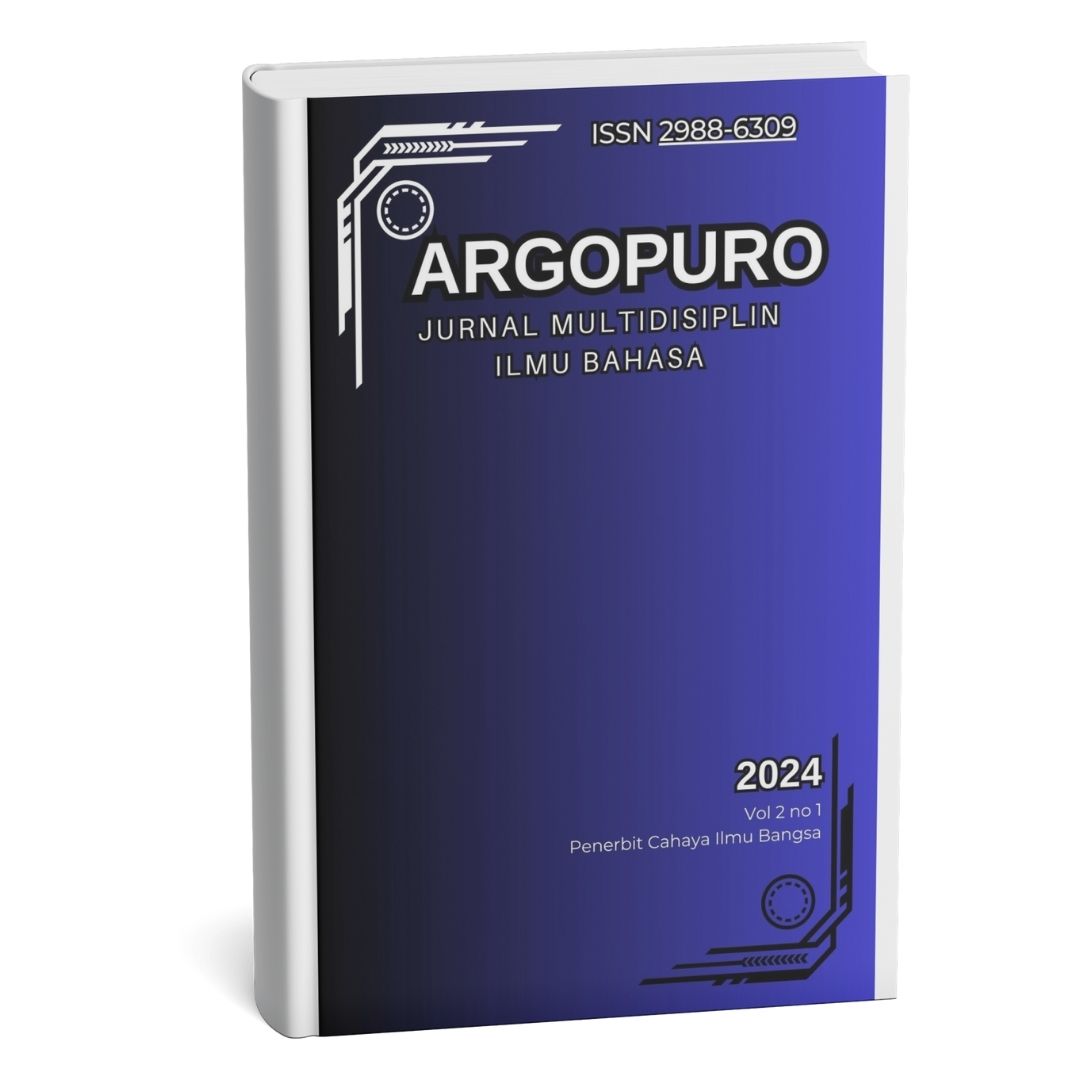EQUIVALENCE AND NON EQUIVALENCE IN TRANSLATING INDONESIA HYMN INTO ENGLISH
Main Article Content
Abstract
This research explores the application of equivalence and non-equivalence in the translation of the hymn “Amazing Grace” into its Indonesian version “Ajaib Benar Anugrahnya.” Hymns are religious texts with poetic, emotional, and musical characteristics, making their translation especially complex. This study focuses on identifying the types of equivalence and non-equivalence employed in the translation, analyzing how the meaning, style, theological message, and musicality are preserved or altered during the process. Using a qualitative descriptive method, the researcher applied Eugene Nida’s theory of formal and dynamic equivalence, along with Peter Newmark’s translation procedures and Mona Baker’s levels of equivalence, to examine eight lyrical lines from both the source and target texts. The findings reveal that dynamic equivalence dominates the translation strategy, aiming to achieve naturalness in the target language and ensure spiritual clarity for Indonesian audiences. While many lines preserve the thematic and emotional value of the original hymn, several instances of non-equivalence—such as shifts in metaphor, lexical omission, or cultural adaptation—are found, particularly where literal translation would reduce clarity or affect the musical rhythm. The analysis shows that the translator prioritized accessibility, faith-based resonance, and poetic fluency rather than maintaining word-for-word accuracy. This research contributes to the broader understanding of religious and poetic translation, emphasizing the importance of balancing meaning, audience expectations, and musical constraints. It also supports the view that successful hymn translation often requires creativity and theological sensitivity rather than strict literalism. These findings may inform future translations of religious texts and hymns across diverse linguistic and cultural contexts.
